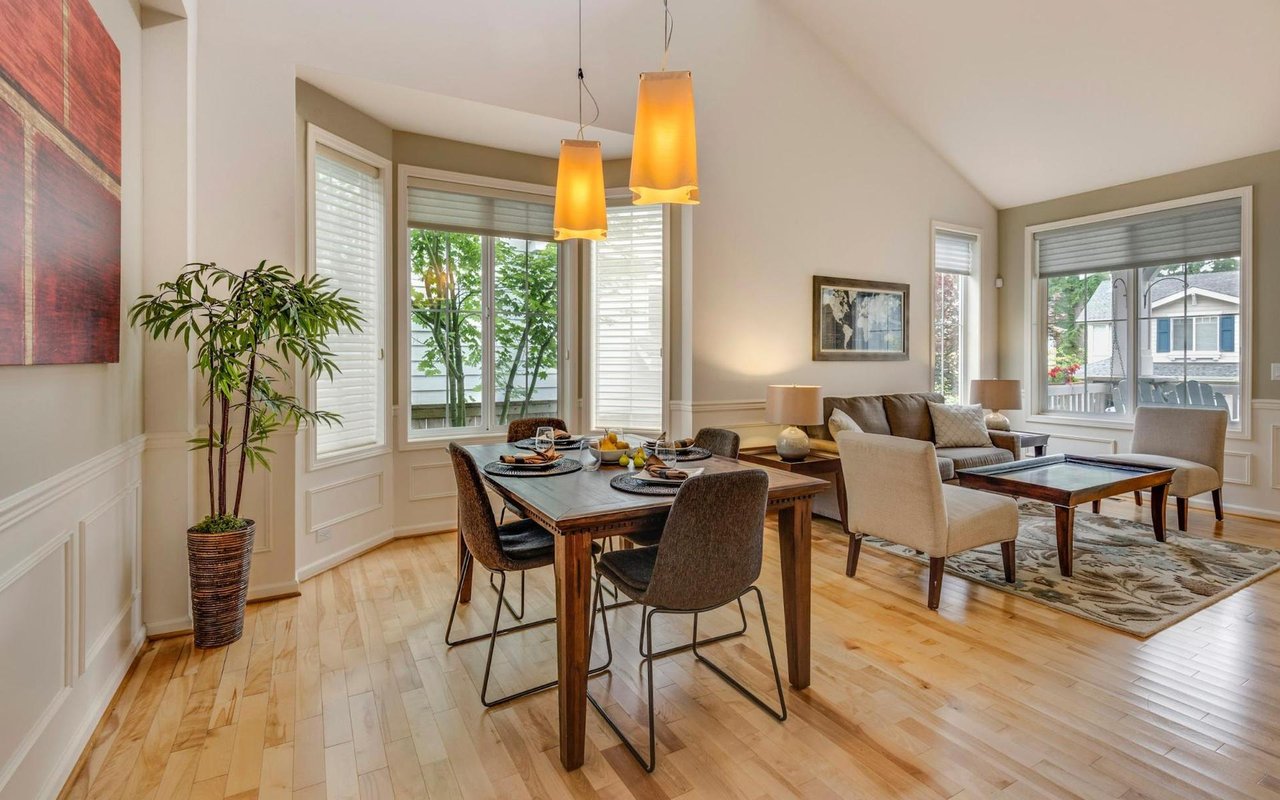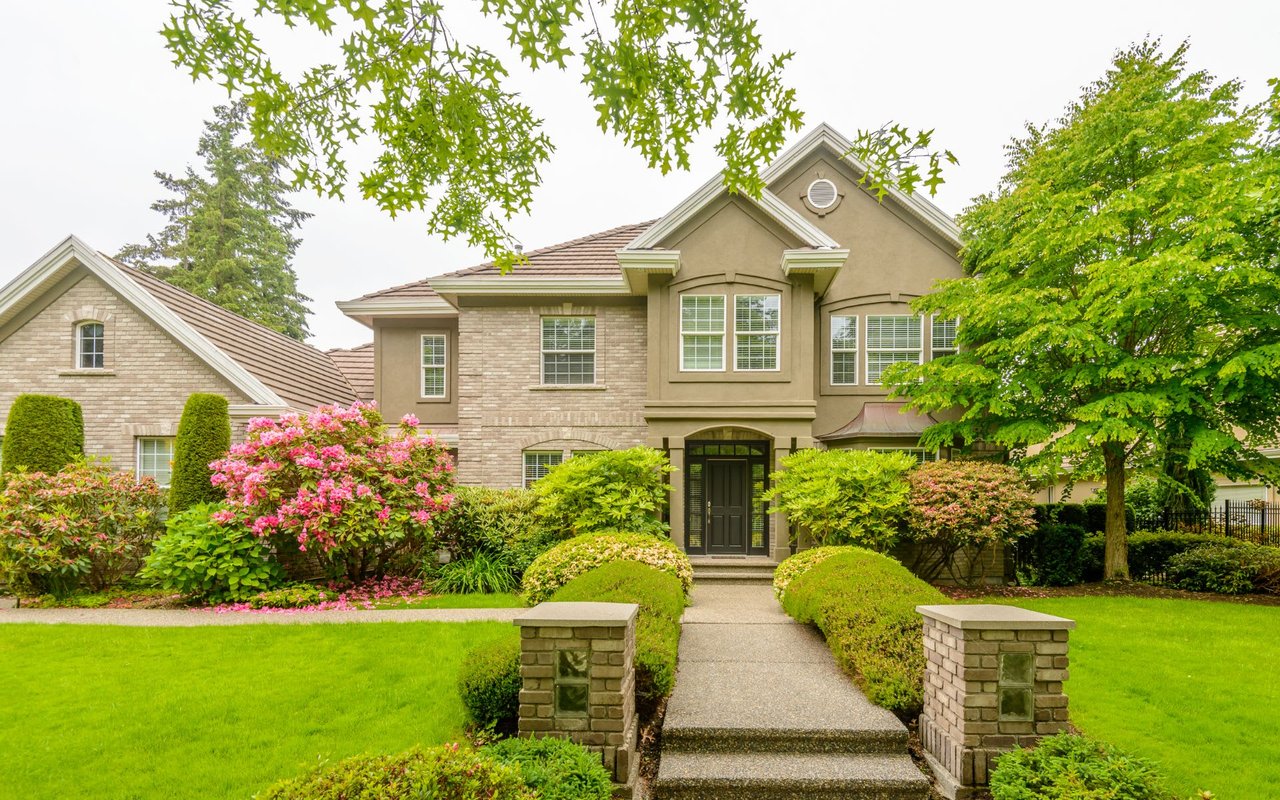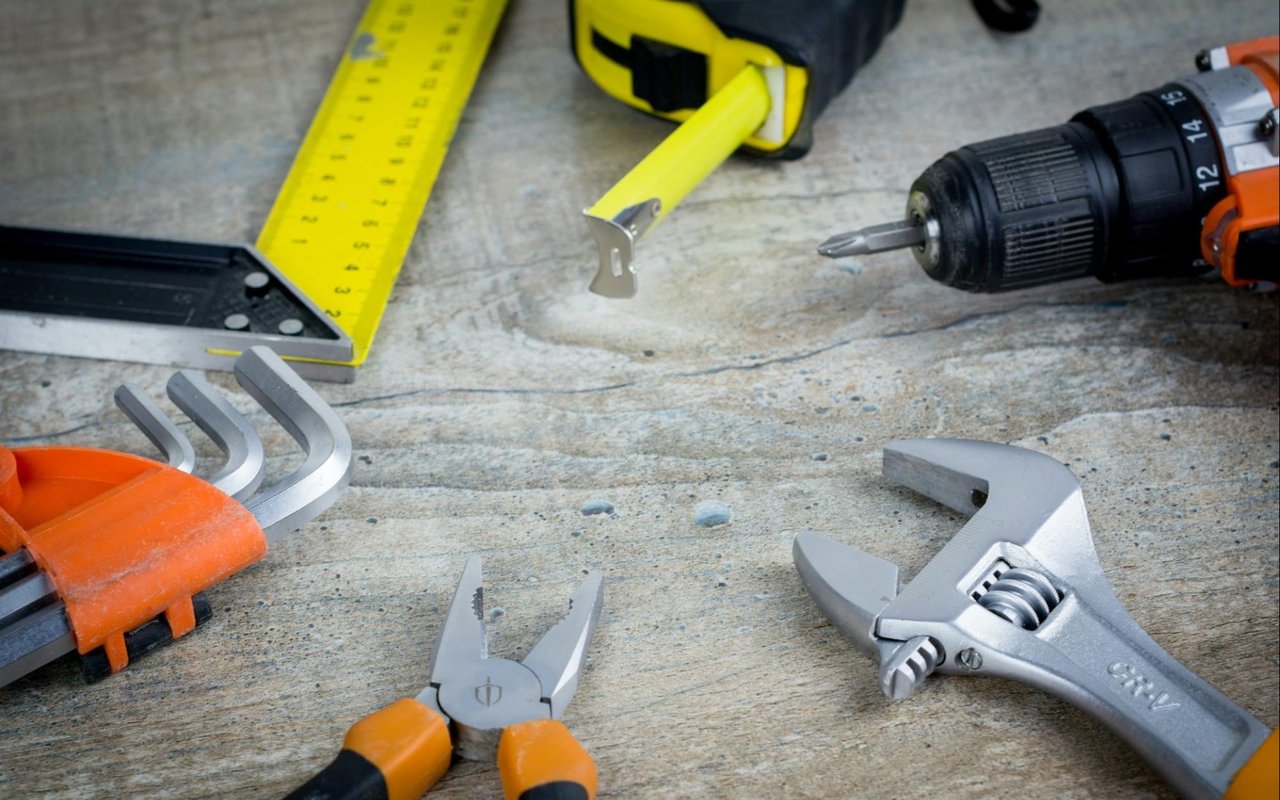You want a home that fits your life, your timeline, and your budget. The phrase “move-in ready” sounds appealing because it promises speed, certainty, and fewer headaches. That said, it’s not without its trade-offs. You may pay a premium for convenience, accept someone else’s design choices, or miss out on the satisfaction of tailoring the finishes to your taste.
Move-in ready means different things to different sellers. Some homes are freshly renovated with modern fixtures and neutral paint, while others are simply clean, functional, and free of immediate repairs. Understanding what to expect — and what you may still need to budget for — is the key to making a smart choice. This guide will help you weigh the pros, the cons, and the fine print so that you can decide with confidence.
What “Move-In Ready” Really Means
In most markets, a move-in ready home is one that you can occupy immediately without having to complete essential repairs. The foundation, roof, plumbing, HVAC, and electrical systems should be functional, and the cosmetic work should be complete enough that you are not compelled to spend more before you unpack. That said, the term is marketing language, not a legal standard, so verify every claim.
Some move-in ready homes have been recently built. Others are older properties that have been thoughtfully updated. Look closely at the scope and quality of the improvements. A brand-new kitchen is great, but if the electrical panel is undersized, you still may face unexpected costs. Request a detailed list of what was upgraded, when it was completed, and by whom.
Some move-in ready homes have been recently built. Others are older properties that have been thoughtfully updated. Look closely at the scope and quality of the improvements. A brand-new kitchen is great, but if the electrical panel is undersized, you still may face unexpected costs. Request a detailed list of what was upgraded, when it was completed, and by whom.
The Biggest Advantages: Speed, Certainty, And Less Stress
If you’re moving on a tight timeline, your relocation is tied to a busy new job, or you simply do not have the bandwidth to manage contractors, a move-in ready home can feel like a lifesaver. You can close, get the keys, and start living. That speed can be worth the premium, especially in competitive markets where well-finished homes draw multiple offers.
You also reduce renovation risk. Cost overruns, contractor delays, and supply chain hiccups can turn a modest update into a months-long project. By choosing a move-in ready property, you can sidestep most of that uncertainty. You still need to budget for maintenance and future updates, of course, but you are far less likely to be surprised on day one.
You also reduce renovation risk. Cost overruns, contractor delays, and supply chain hiccups can turn a modest update into a months-long project. By choosing a move-in ready property, you can sidestep most of that uncertainty. You still need to budget for maintenance and future updates, of course, but you are far less likely to be surprised on day one.
When A Move-In Ready Home May Not Be The Best Fit
If you have a clear design vision in mind, a strong preference for specific materials, or the patience to phase upgrades over time, a home that needs updates could be the smarter buy. You may secure a lower purchase price, then invest strategically where it matters most to you. That approach can let you build equity through well-planned improvements.
You might also feel constrained by choices the seller has already made. Maybe the flooring is durable but not your style. Maybe the palette is too minimal, or the lighting plan lacks warmth. If those compromises will linger in your mind, you could end up renovating anyway. In that case, paying a premium for a turnkey space does not make sense.
You might also feel constrained by choices the seller has already made. Maybe the flooring is durable but not your style. Maybe the palette is too minimal, or the lighting plan lacks warmth. If those compromises will linger in your mind, you could end up renovating anyway. In that case, paying a premium for a turnkey space does not make sense.
The Cost Question: Are You Paying A Convenience Premium?
Many move-in ready homes list at the top of their market segment. You are paying for the seller’s investment, their time, and the demand for turnkey convenience. Compare the list price to recent sales of similar residences that need work. Estimate what those projects would have cost, then factor in your time value, holding costs, and stress tolerance.
Do not forget the invisible expenses that often accompany renovations. Permitting, design fees, temporary housing, and change orders can add up. When you quantify those line items, the premium for move-in ready may feel more reasonable. If the math still leans heavily in favor of buying a home that needs work, you have your answer.
Do not forget the invisible expenses that often accompany renovations. Permitting, design fees, temporary housing, and change orders can add up. When you quantify those line items, the premium for move-in ready may feel more reasonable. If the math still leans heavily in favor of buying a home that needs work, you have your answer.
Inspections, Warranties, And The Fine Print You Still Need
Even with a move-in ready space, it’s important not to skip the inspection. Hire a licensed inspector to review major systems, the roof, drainage, and any additions or structural changes. Ask for documentation on recent renovations, including permits, final approvals, and warranties on appliances or mechanical systems.
If the home is newly built, clarify what the builder’s warranty covers and for how long. If it is a renovated resale, confirm whether contractors have provided warranties and whether those transfer to you.
If the home is newly built, clarify what the builder’s warranty covers and for how long. If it is a renovated resale, confirm whether contractors have provided warranties and whether those transfer to you.
A Simple Decision Framework
Clarify your timeline. Do you need to move in quickly, or can you manage a phased renovation? Define your tolerance for mess, coordination, and risk. Quantify the premium you are willing to pay for convenience, certainty, and speed. Then, compare real homes, not hypotheticals. Walk through various options so you can see, feel, and price the trade-offs in real time.
Finally, decide what success looks like to you. Is it having the keys in hand within 30 days with no contractors on speed dial? Is it building equity by designing each finish and fixture yourself?
Finally, decide what success looks like to you. Is it having the keys in hand within 30 days with no contractors on speed dial? Is it building equity by designing each finish and fixture yourself?
The Bottom Line
A move-in ready home can be the smoothest, least complicated path to ownership when time, certainty, and convenience top your priority list. Define your goals, inspect the details, and let the numbers, the timing, and your lifestyle guide the decision.
Reach out to Pamela Bates as you explore your options to find the perfect home in Hingham, MA.
Reach out to Pamela Bates as you explore your options to find the perfect home in Hingham, MA.







